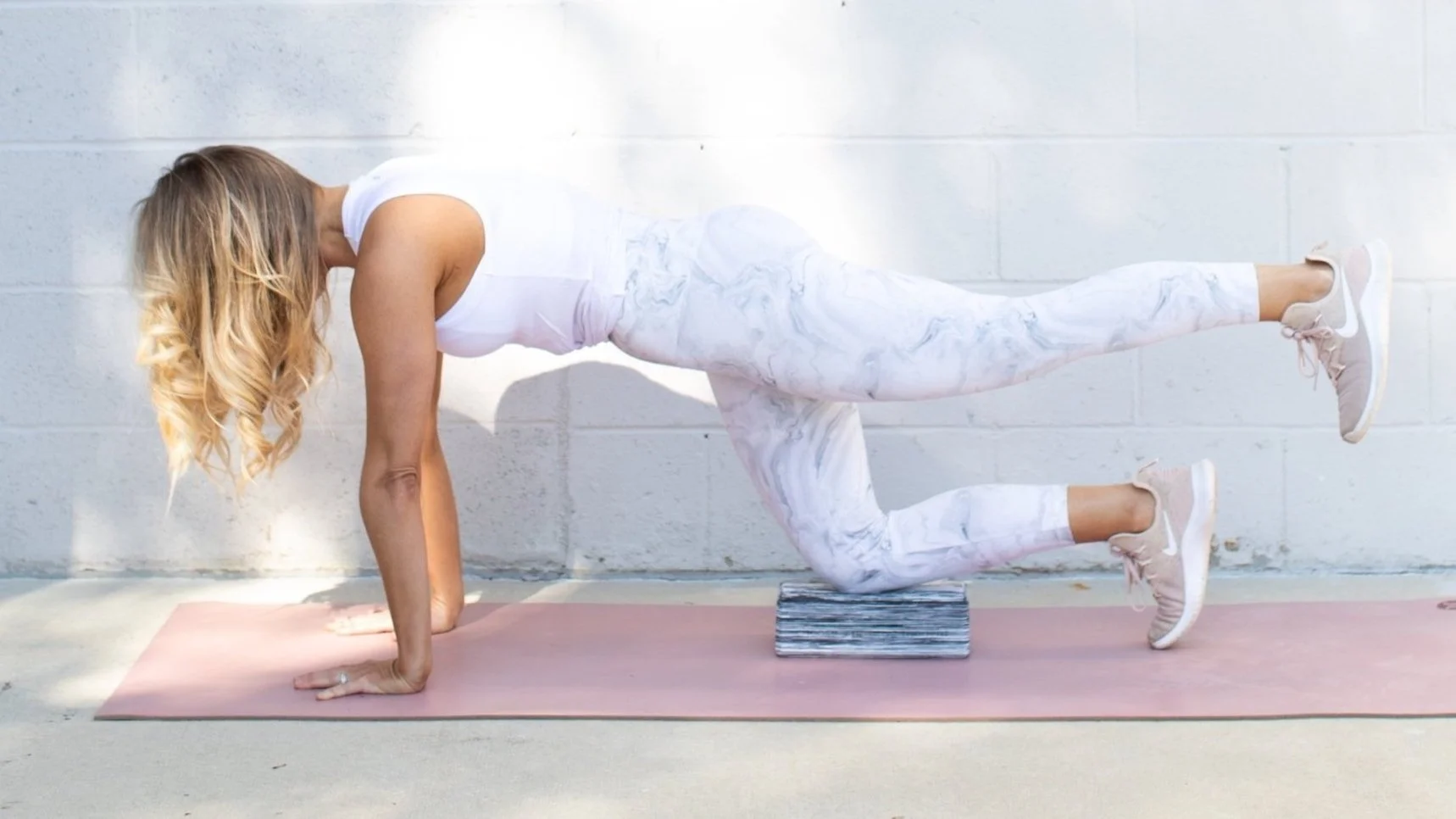Urinary Leakage & Perimenopause: Your Physical Therapist Can Help
If you’ve started noticing little leaks with coughing, sneezing, running, or on the way to the bathroom, you’re not alone. Up to 1 in 3 women experience urinary leakage at some point, and symptoms often flare in perimenopause as hormones shift and tissues change. The good news? Pelvic floor physical therapy (PT) offers proven, conservative strategies that help many women reduce or resolve leakage—without surgery.
In this guide, we’ll explain why leakage happens in perimenopause, the most common types of incontinence, what a pelvic floor PT actually does, and practical steps you can take today.
Why leakage can worsen in perimenopause
Perimenopause is the several-year transition leading to menopause, when estrogen and progesterone levels fluctuate and gradually decline. These shifts can affect:
Pelvic floor muscles and fascia: Reduced hormonal support may contribute to tissue dryness, decreased elasticity, and reduced collagen, changing how the urethra is supported against pressure.
Bladder function and urgency: Some women notice overactive bladder symptoms (sudden strong urges, frequency, nighttime trips).
Load tolerance: With aging and hormonal changes, core and hip strength can dip just as life remains full—lifting kids, weights, or heavy grocery bags—raising the demand on the pelvic floor.
Bottom line: the system that keeps you dry is adaptable, but it may need specific retraining and support during this life phase.
The two most common patterns we see
1) Stress Urinary Incontinence (SUI): Leakage with pressure events—think coughing, sneezing, laughing, jumping, running, or lifting. Often linked to impaired pelvic floor support or timing and sometimes connective tissue changes.
2) Urge Urinary Incontinence (UUI): Leakage with a sudden strong urge and not making it to the bathroom in time. This can go hand-in-hand with overactive bladder symptoms like frequency and urgency.
Many women experience a mix of both (mixed urinary incontinence), so a personalized plan matters.
What pelvic floor PT actually looks like
At Revelle, your plan is customized—no one-size-fits-all printout. A typical course includes:
1) Thorough evaluation
Review of your history, bladder habits, fluid intake, bowel patterns, births/surgeries, training history, and goals.
Movement assessment: breath mechanics, core/hip strength, impact tolerance, posture.
Pelvic floor exam (internal when appropriate and with consent): checks muscle tone, coordination, endurance, and tender points.
2) Targeted pelvic floor training
Coordination before strength: many people benefit from learning how to lengthen/relax their pelvic floor first–then recruit (yes, sometimes the first step is releasing over-activity).
Strength & endurance: progressive loading for support under pressure (sneezes, lifts, runs).
Timing drills: cueing the pre-sneeze “knack” and impact sequencing to reduce stress leaks.
3) Bladder retraining & urge-suppression tools
Urge-calming strategies (quick pelvic floor contractions, breath, heel raises, mental “pause” cues).
Schedule & volume coaching: spacing voids, optimizing fluids (not under-hydrating), caffeine timing.
4) Whole-system strength
Hips, glutes, and core drive pelvic floor success. We program squats, hinges, split stance work, carries, and plyometrics scaled to your level so you can get back to the activities you love.
5) Lifestyle & tissue support
Breathing mechanics to manage intra-abdominal pressure.
Bowel strategies (constipation can worsen leakage).
Discussion of local vaginal moisturizers/lubricants; and for some, a conversation to ask your medical provider whether low-dose local vaginal estrogen is appropriate.*
*Any medication decisions are between you and your prescriber; we’re happy to coordinate care.
Can I just do Kegels?
Maybe—and maybe not. The internet loves a blanket “Kegels for everyone,” but it’s not always the answer. Why?
Over-recruitment: If your pelvic floor is already working too hard (tight/hypertonic), piling on more squeezes can make leaking, urgency, or pelvic pain worse—not better.
Timing matters: The muscle has to turn on when you need it (right before a sneeze, cough, lift, or landing), not just when you remember to do 10 reps at night.
No progression: Like any other muscle group, the pelvic floor needs to be trained for what you’re asking it to do—endurance for long days, quick contractions for sneezes, and more power for impact. That requires progression, not the same 3 sets of 10 forever.
A pelvic floor PT can test what your system actually needs—more release, better coordination, more strength, more endurance, OR a mix!
Quick wins you can start today
Try “the knack”: Just before you cough/sneeze/lift, gently contract the pelvic floor, then release afterward.
Check your breath: Exhale on exertion (lift, stand, push) to reduce pressure spikes.
Build strong hips: Add 2–3 sets of bridges, sit-to-stands, split squats 3–4 days/week.
Tame triggers: If urgency hits, pause, stand tall, do 3–5 quick pelvic floor pulses, slow nasal breaths, then walk calmly to the bathroom.
Hydrate smart: Don’t restrict water; instead, spread intake and notice personal bladder irritants (for some: coffee, tea, seltzers, citrus).
When to see a Revelle pelvic floor PT
Leaking with sneezing, running, jumping, or lifting
Strong, sudden urges or going “just in case” frequently
Nighttime bathroom trips that disrupt sleep
Pelvic pressure/heaviness, pain, or new discomfort with intimacy
You’ve tried “Kegels” or apps without lasting change
If this blog post resonates with you, give us a call—most women wish they’d come sooner!
Revelle Physical Therapy offers pelvic floor PT for urinary leakage, perimenopause, and postpartum in Atlanta (Alpharetta, Chamblee) and Denver.
Have questions? Get a free 15-minute phone consult!
FAQs
-
No. It’s common but not normal. Many women improve with conservative care.
-
No, you do not need a referral to begin but depending on your state, we may eventually need a doctor’s signature. Our team will guide you through all of this!
-
Typically no—we scale and rebuild your tolerance while treating the root cause.
-
Many women benefit from low-dose local estrogen for tissue support; discuss with your medical provider. We’re happy to coordinate care.




